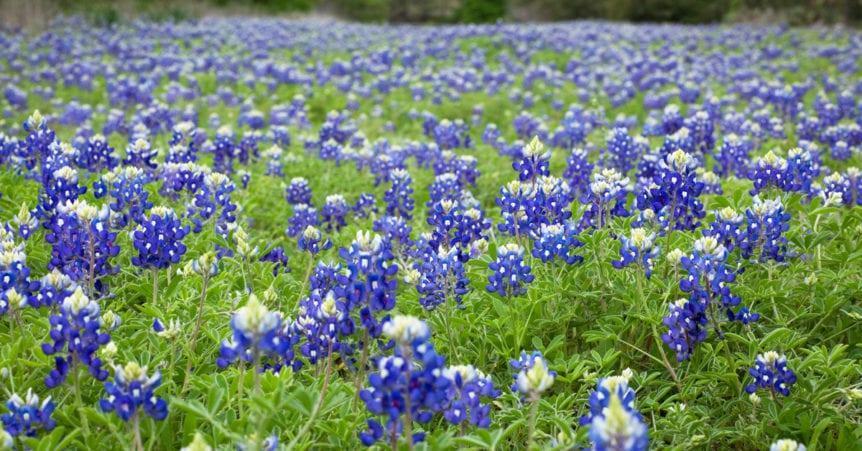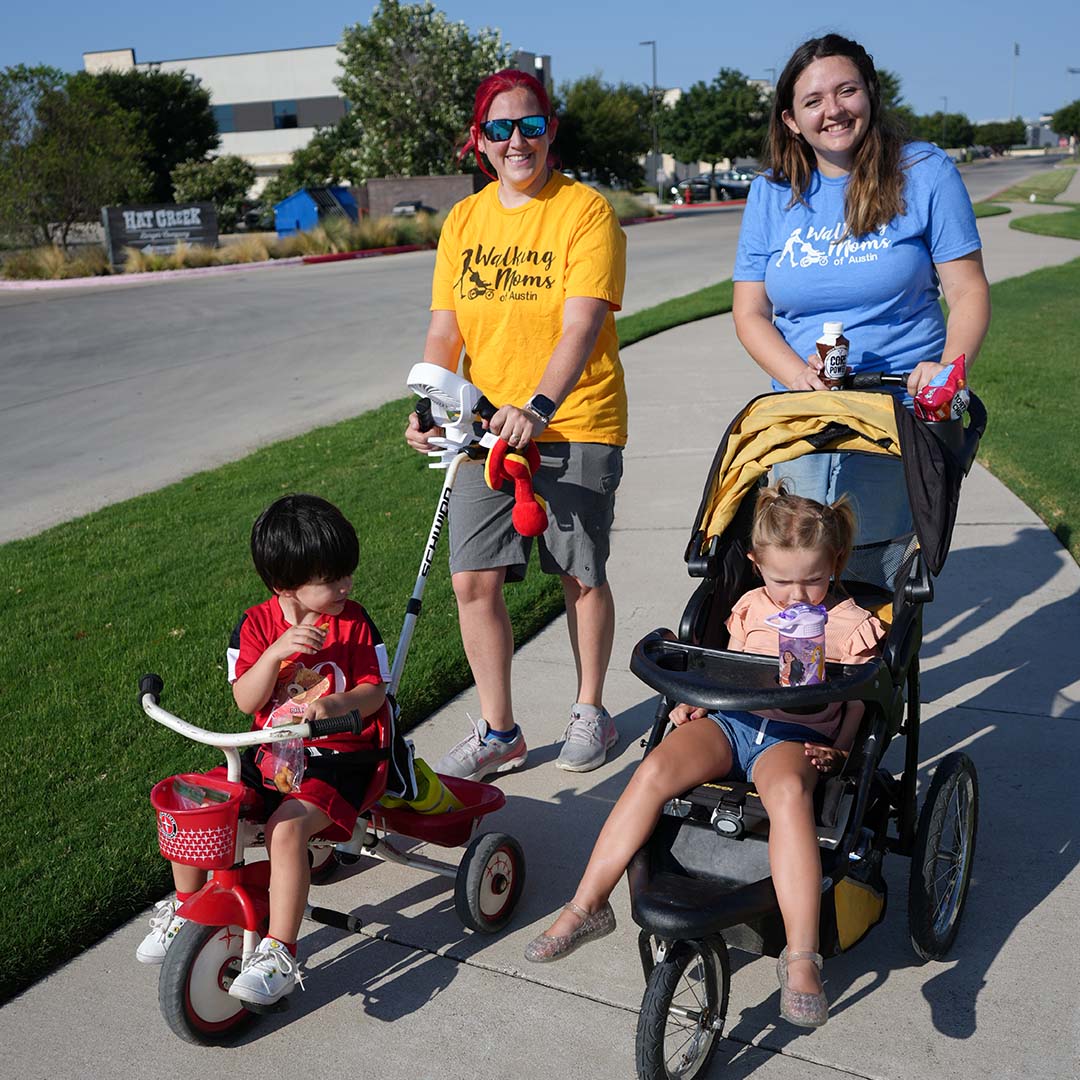Since our inception, Austin Parks Foundation (APF) has been focused on protecting and preserving Austin’s public green spaces. With over 2,200 acres of Nature Preserves, Austin is blessed to have these pristine escapes right here in our city.
Below are just a few of the preserves the City of Austin’s Parks & Recreation Dept. (PARD) manages that APF has had the honor of supporting. We are excited to be funding their comprehensive land management plans in the coming year, and are proud to be part of PARD’s support system in making sure these natural oases are here for generations to come.
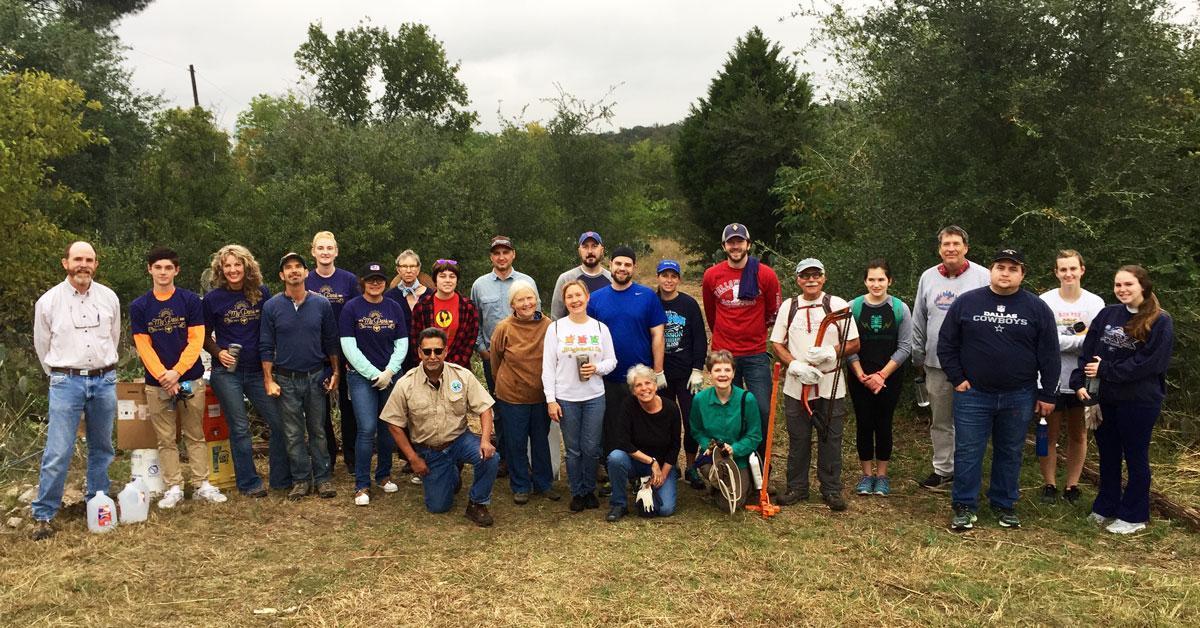
Blunn Creek Nature Preserve
The South River City Citizens Neighborhood Association (SRCCNA) was awarded an ACL Music Festival Community Grant from APF for $12,000 to care for and improve Blunn Creek Nature Preserve, which was once a dairy farm!
This project focused on invasive species removal, native planting, erosion reduction, biodiversity improvement, environmental education and community building. SRCCNA sought to remove exotic and invasive species and replant with native groundcover, shrubs and canopy trees.
Not only does this work help restore the nature preserve’s biodiversity, it has also brought children, students, retirees, and other volunteers together for a common cause, teaching them about the importance of biodiversity and the ways we can each help protect these important ecosystems.
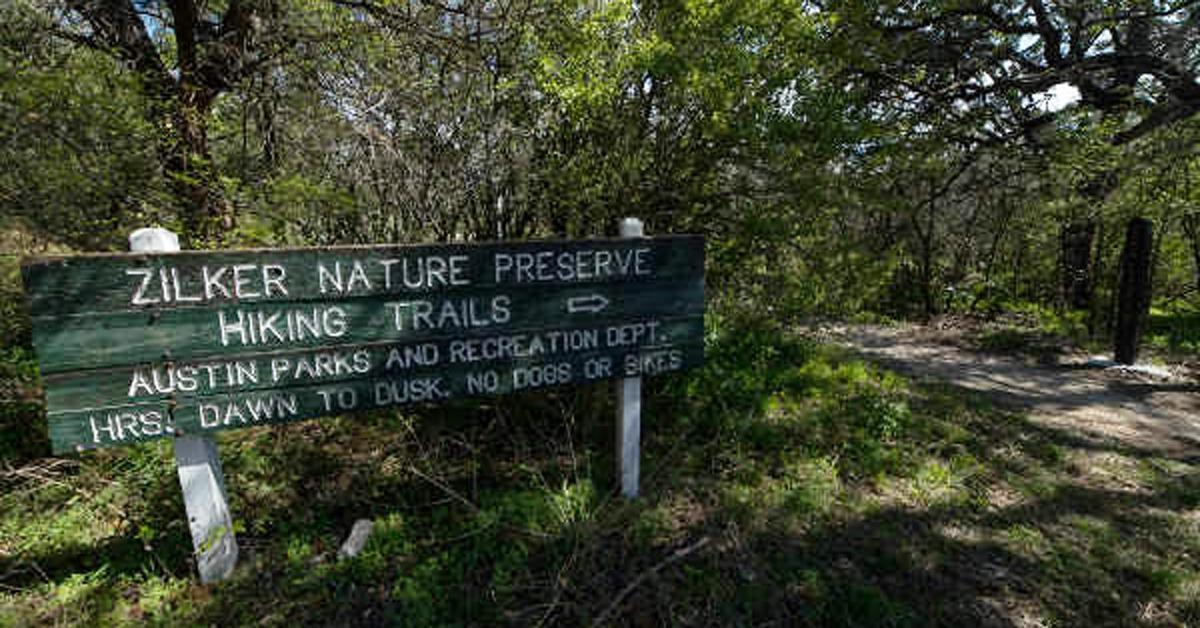
Zilker Nature Preserve
One of the first nature preserves designated by the City of Austin in 1935, Zilker Nature Preserve is about 77 acres and includes the Austin Nature and Science Center. The Capital Area Master Naturalists were awarded $37,000 in 2018 from an ACL Music Festival Community Grant to remove outdated and damaged signage, and replace it with newly designed, educational signs.
New signs were desperately needed to orient visitors with maps, icons and information, as well capture educational moments for the Nature Center’s 159,000 visitors and 2,400 students that visit every year. Be sure to check out all the new educational and directional signs next time you visit!

Commons Ford Nature Preserve
Commons Ford Metropolitan Park has been a favorite spot for birders for some time. However, Ed Fair noticed that most of the park’s vegetation was invasive, non-native grasses. This meant the grasses did not support the grassland birds, and wildlife was in decline as the prairies disappeared.
Ed decided to do something about it. Thus, the Commons Ford Prairie Restoration Organization (CFPRO) held its first planning committee in 2010. Since then, CFPRO’s sole focus has been to restore the prairies back to their native grasses and wildflowers, and welcome back the animals that need them.
Since our partnership with CFPRO began in 2010, APF has invested nearly $64,000 into preserving the natural heritage, native vegetation, and wildlife of the Commons Ford Nature Preserve. In 2018, the final stages of the native prairie restoration were completed, and we can’t wait to see this newly restored area continue to thrive.
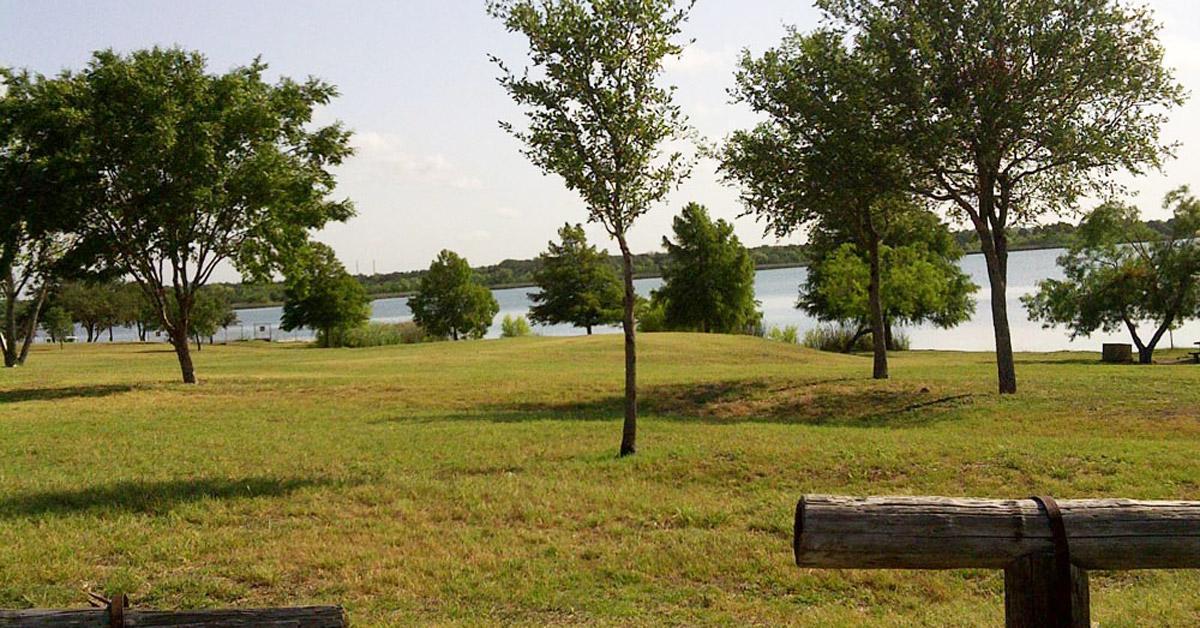
Walter E. Long Prairie Restoration
In 2017, APF partnered with the City of Austin Park Rangers in their ongoing efforts to restore the native Blackland Prairie as part of the Indiangrass Restoration Project with an investment of $20,000. The investment included work in the adjacent René Barrera Indiangrass Wildlife Sanctuary as well (more details below).
The Blackland Prairie is a rare and endangered ecological ecosystem, and was one of the most altered ecoregions in Texas. Only 1% of Blackland Prairie remains, and it has been identified as a high priority conservation project by PARD, Travis County, Texas Parks and Wildlife Department, World Wildlife Fund, and other organizations, including APF.
Working together to increase native species diversity, reduce invasive exotic species and woody plant encroachment, and improve habitat quality for prairie wildlife species, has allowed each of these groups to research ecological restoration, invasive species control techniques, as well as invite students to help with species monitoring.
René Barrera Indiangrass Wildlife Sanctuary
Louis René Barrera, a man who dedicated so much of his life to Austin's parks, passed away in 2019. He served as the Environmental Conservation Information Specialist for the City of Austin's Parks and Recreation Department for 24 years.
His legacy can be seen clearly at any of Austin's 15 nature preserves, but especially at Blunn Creek Nature Preserve where he spearheaded the effort to eliminate the invasive ligustrum plants. Barrera received recognition from Austin Mayor Steve Adler for his work managing, protecting and restoring the 2,200 acres of nature preserves under his care.
Louis René Barrera Wildlife Sanctuary, located adjacent to Walter E. Long, received part of APF's $20,000 investment to help to establish plants, continue herbicide applications and prescribed fire reduction in woody species and remove invasive plant species.
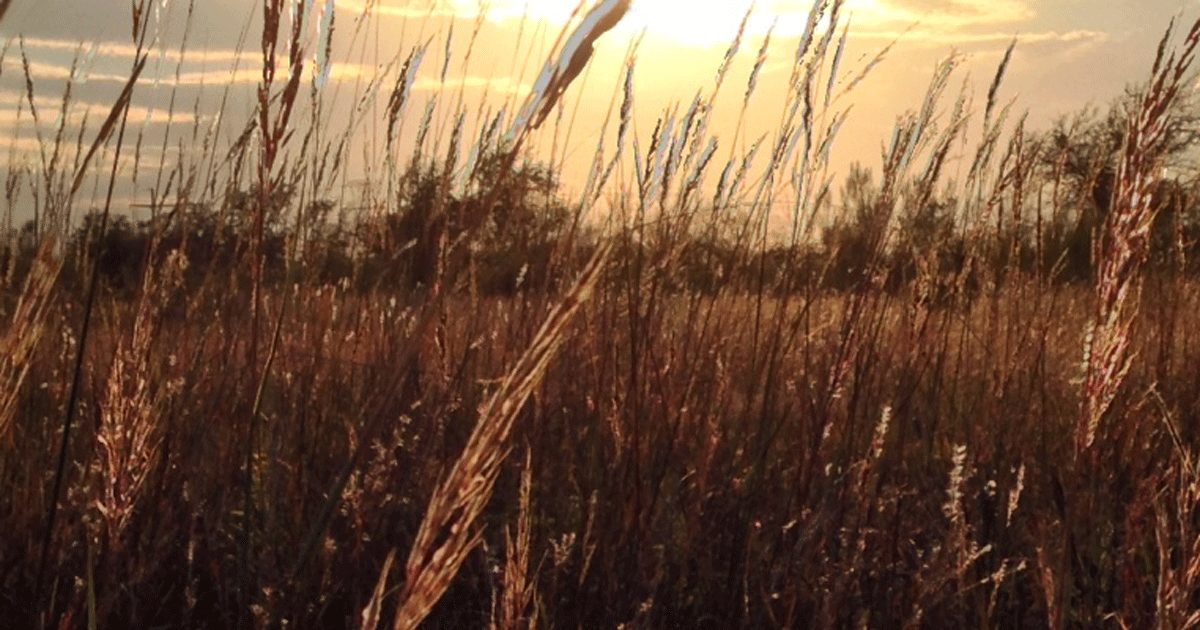
Why is investing in Austin’s Nature Preserves so important for our community?
Restoring and protecting prairie lands is important for many reasons. Less than 1% of prairies remain in the United States, causing the collapse of wildlife species that need prairies to survive. Native grasslands are also important as a natural form of erosion control, and they require very little maintenance.
As a result of our combined efforts and hard work, Austin’s restored prairies and nature preserves are great spots to go bird watching, or see pollinators in action. These important ecosystems allow us to see how we’re all connected, and how we each have a role to play in caring for one another and the land we call home.

